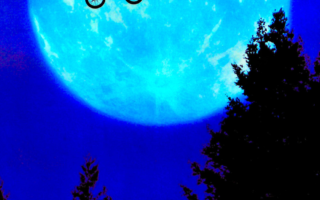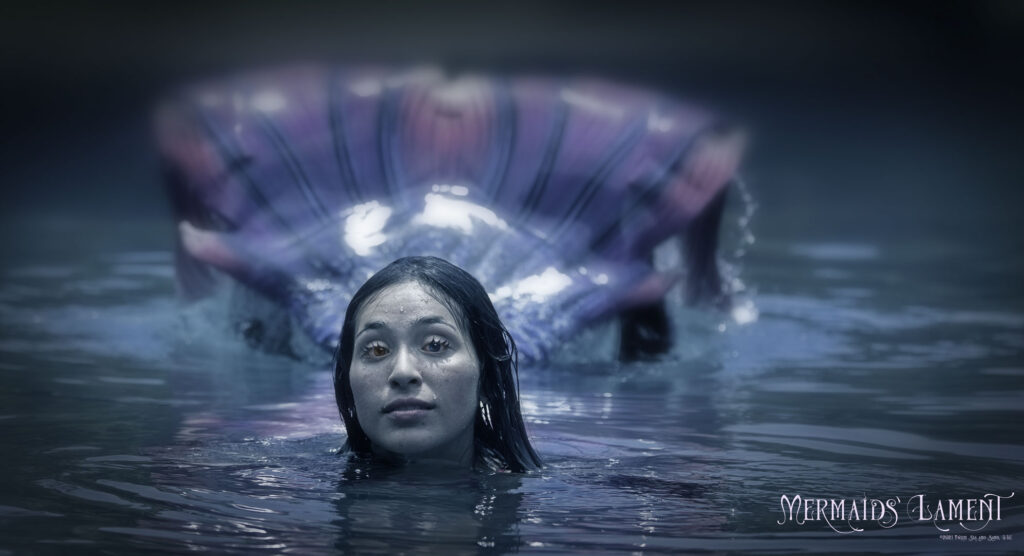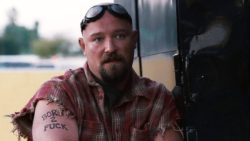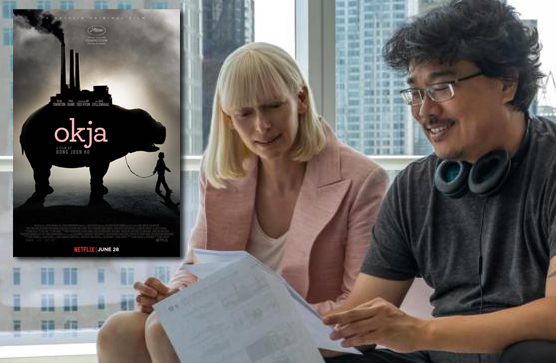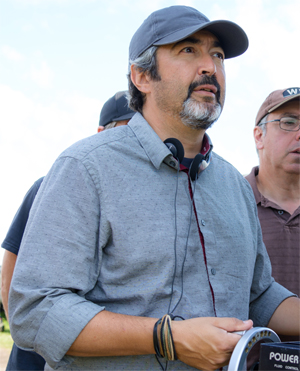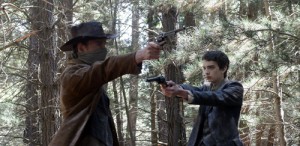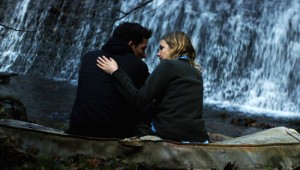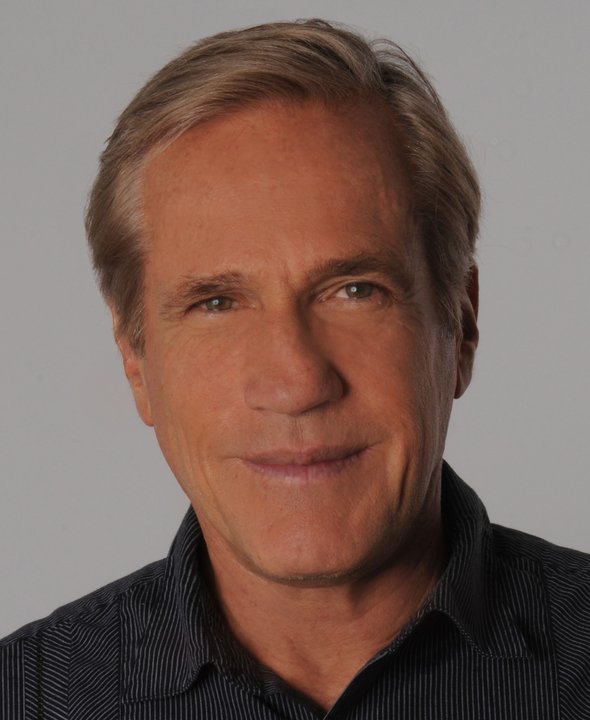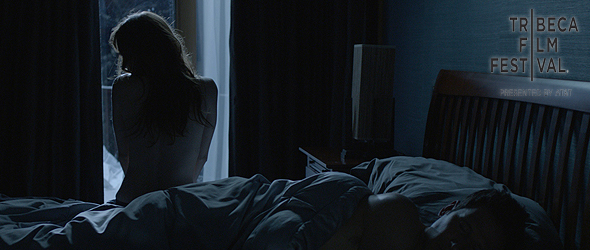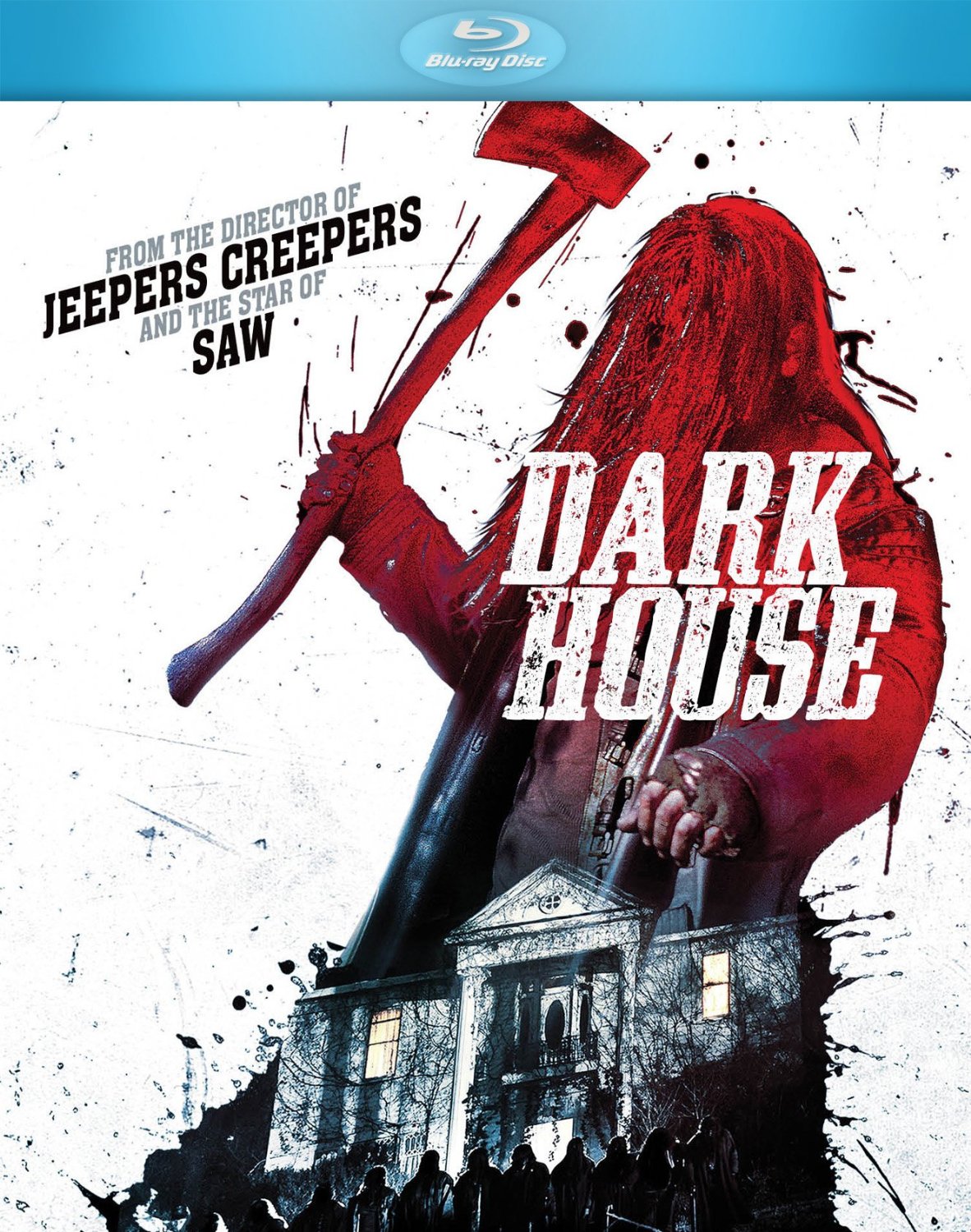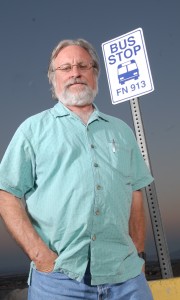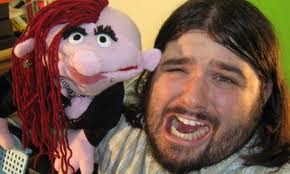Have you met Okja? The titular “super pig” is at the heart of Director Bong Joon Ho’s newest feature which is currently streaming on Netflix. The imaginative film follows Okja, a creature genetically engineered by the shady Mirando Corporation (headed by a boundlessly enthusiastic Tilda Swinton) as a source of new consumable meat product. In a longterm PR move, this super pig is farm-raised by a young girl in Korea named Mija (Seo-Hyun Ahn) until, unbeknownst to Mija, she is scheduled to make her big trip to NYC where Mirando aims to cash in on their investment. What follows is a wild journey to the city where Mija encounters a radical PETA-like eco-group, the ALF, as well as some harsh realities of this film’s version of the terrifying food industry.
Last month, cast members Tilda Swinton, Seo-Hyun Ahn, Lily Collins, Paul Dano, Steven Yeun and Giancarlo Esposito gathered in New York along with Director Bong to give their insight on making the film and its message.
Some minor spoilers
Seo-Hyun Ahn carries the film as Mija, an acting and physical feat, her and Director Bong spoke via translators about developing her performance:
Ahn: [I] was always thinking how Mija would perceive all of the things that are happening and [I] would say [I] was there as an intermediate state and Director Bong helped [me] constantly think about why would Mija do this? And what would Mija think? That sort of helped [me] in maximizing how Mija would think in the story.
Director Bong: Ahn is very experienced and she’s very energetic and focused. So She has enough energy to confront Tilda or Paul. And because of this high energy whenever we were shooting the scenic mountain scenes, [I] tried to distract Mija as best as [I] could. Whenever [Ahn] was focusing on the script, [I] would distract her by talking about catering and talking about snacks in the snack corner. [I] did [my] best to distract her as best as possible because if you try too hard then there are times that the performance doesn’t come out right. And because there are so many great actors and actresses around, she might have been pressured into giving a poor performance. [I] did [my] best to try to relax her as much as possible.
As Lucy Mirando, and later Nancy Mirando, Tilda Swinton enjoyed working with her Snowpiercer Director Bong:
Swinton: It’s a very simple and relaxed business when working with someone like Director Bong who invites a kind of playfulness and as he just described , a kind of relaxedness in all his company, not just the performers, but in all departments. What he knows…is he wants people to be relaxed and really bring something fresh and creative. And that’s an environment that I love. It’s like a kind of playpen, it’s like a sandbox to me, it’s like kindergarten. Especially working with him, he’s my playmate.
The Mirando sisters are reminiscent in their emphatic, almost cult-leader like energy of Swinton’s Snowpiercer character Mason, she discussed their similarities:
Swinton: Yes we worked on Snowpiercer together, Director Bong and I, and we kind of whipped up this insane burlesque, Mason, who is supposed to be beyond any reality but as it happens, it seems that we were behind the curve [laughs] With this one we wanted to come at the idea of a fool-clown-villain in a slightly different way. We wanted to find different ways—the different faces of high capitalism and exploitation. And so we decided in fact to split it in fact, either into a schizophrenic—I mean I sometimes wonder whether there are two people here, whether actually there isn’t one. You know because let’s face it when Lucy fades away, Nancy appears and vice-versa. So we wanted to look at two different ways of messing the world up. So we have Nancy, who is the—she doesn’t fall far from the tree of their toxic, horrendous father. And then Lucy, who is so determined to be different. She’s driving 180 degrees away from Nancy and trying to be all user-friendly and “woke” and squeaky clean. And lovable. So it was an opportunity to look at these two different faces. But I suppose you know, especially when you’re working together and your collaboration over projects, the conversation is kind of the same conversation that just evolves and goes into a whole new area. All sorts of conversations we had about Mason just sort of moved into conversations about the Mirandos. So yeah, they are cousins of a sort. And they ALL have teeth. [Laughs]
Director Bong is no stranger to centralizing creatures as metaphors in his stories, after his successful feature The Host, and he spoke about using them in that way:
Director Bong: [I’m] always drawn into creature films and creatures. However in The Host, the creature was a monster who attacked people and in Okja the creature is a very intimate friend of the protagonist Mija. They sleep together, they have a lot of interaction, they hug each other and because of this interaction, it required a lot of cutting edge visual effects work which was [my] first challenge. So it’s a pig and now in retrospect [I’m] wondering when [I contemplate why I] chose a pig as the animal. [I think] there’s no better animal than the pig that humans associate with food. Ham, sausage, jerky, etc etc. But in reality, pigs are very delicate, sophisticated and smart and obviously clean. [I think] that the way the two perspectives we have when we look at animals are all coalesced inside a pig. Through the one perspective, we look at animals as family and friends, as pets. And the other perspective is when we look at animals as food. And [I believe] these two perspectives co-exist inside a pig. In our every day lives, people try to separate these two universes apart. We play with our pets in the day and at night, we have a steak dinner. But in this film, we try to merge those two universes together and try to create this sense of discomfort…A creature film is a very effective tool to create special commentary and to get commentary in the world that we live in.
Lily Collins and Steven Yeun are both play part of the fictional eco-group led by Paul Dano and they talked about their views of such groups and animal rights activism in light of doing the film:
Collins: I’ve always been weirdly interested in food documentaries so during the prep of this movie, I watched more and Director Bong gave us all this ALF handbook. We saw lots of really difficult images of animals and treatment and the facilities…And I’m not a red-meat eater anyway, so it wasn’t that I changed my food habits or my eating habits but I definitely became more of a conscious consumer in many other types of products. I think the great thing about this film though is that it speaks to so many different types of themes—you know, nutrition and environment, politics, love, innocence lost. There’s just so many different things to be taken from this film that I think are dealt with in a way that never tutorialized [sic], but always just prompts conversations…I think what Director Bong is amazing at is taking so many different things and presenting them to you. Never telling you how to think, but if you leave the theater thinking something, we’ve done our job right.
Yeun: …I really enjoyed working with director Bong. Mostly because he likes to just tell it to you how it is, with all the gray. And so, when you get to dive into [something] like the ALF, I know that we were playing a characterization of people that are really doing stuff like this, but I feel like one thing it sheds a light on–at least for myself–was why does an individual sign up for something like this? And they’re all different. Especially in our little subgroup of the ALF. Every single character had a different reason for being there. Or had different ethics that were willing to go far or less than the other person next to them. And I think it an interesting study in that regard because sometimes you see the ALF, as they intend, to just be this giant glob organization, or anything in that way. But when you pick apart the specific individuals that take part in something like this it’s interesting to see that not all the interests necessarily align.
Animal rights groups in real life sometimes draw criticism for their tactics and in this film we see the ALF arguing for non-violence while taking part in it, Director Bong on that contradiction:
Director Bong: There’s definitely a level of contradiction within the group ALF. Even in the film, the ALF shout that they hate violence but you can see throughout the film that they constantly inflict it. They have a very noble cause and you can understand the cause. But the film also portrays them to at times [to] look foolish and portray them making very human mistakes. Simply put, [I think] they’re humans just like us. Even Lucy Mirando. She doesn’t feel like she’s a pure villain or villainess in the pure sense. She also has flaws and a fragility. There’s a moment in the dressing room scene where Lucy talks to Frank and she raises the super pig jerky and says ‘its a shame that we have to tell these little white lies’… That was an honest moment on her part. Whether that be the Mirando Corporation or the ALF members, [I want] to embrace them within the boundaries of humanity where they have flaws or they make mistakes. Actually every character in this movie is pathetic except Mija and Okja.
Dano: And how complicated it is to put a beautiful young girl in the middle of all that contradiction, you know? it’s really one of the special things about the story….I like that the film to me, even though it has many topical issues, I don’t think it’s overly preaching. It’s too complicated for that. Even Mija eats chicken stew, or catches the fish and throws the little fish back in. That’s such an important detail for this film to be true. And even though it has a fantasy animation-comic-book-graphic-novel sort of level to it, I like the truth in the contradictions.
Finally the cast gave their initial response to this project:
Collins:…You know, you sit down with Director Bong–my first meeting with director Bong was at 11am and he orders ice cream and starts talking about this pig, and I go ‘OK, I think I know what I’m signing on for!?’ [Laughs] And I fell in love with the idea that he could see me as this character and I don’t think a lot of people would have been able to see me as someone like this. But it’s so much. It’s a love story, it’s a drama, it’s a comedy, it’s an action movie, it’s a fantasy movie. It’s kind of everything you’ve ever wanted to see in one movie. And yeah…It was a moment of enlightenment really, when you read it.
Giancarlo Esposito: For me it was in many ways a return to innocence. Odd for me to say after having played [Mirando corporation lackey] Frank Dawson, but this story is so absolutely beautiful in its very connected relationship message. It doesn’t matter what that relationship is. It could be a child with their goldfish in the tank who is their best friend, or it could be Okja. But that warmth, that sensitivity and that understanding that’s developed in that relationship, for me, guided me back to thinking about my loss of innocence. When did I grow up? And how could I unlearn that growing up and see the world in a new light? Many times we are so smart, that we are ignorant and they say that education is learned ignorance. We, as performers who fantasize about telling our stories, that will make a comment on our–a social comment, a political comment, an artistic comment– through our creativity, are gifted with our ultimate gift to still remain somewhere in our heart and soul, that beautiful child that Mija is.
Swinton: I didn’t read the script for a long time because I was privileged to be a part of the cloud of the idea before it ever came to script stage. I remember very clearly Director Bong, when we went to Seoul for the premiere of Snowpiercer, he drove us to the airport the following day and leaned over the back of the seat of the car and showed me this drawing of the pig and the girl and that was it. That was three years before there was a script. But even before that moment, I have to say that one of the bonds we share is a great love of the master Hayao Miyazaki, in particular My Neighbor Totoro, and in fact we regularly sing the Totoro theme tune. It’s a thing we do. And so, the second I saw this drawing, I saw that. I this as an opportunity to fill to that homage. But also we talked about the twin sisters in Spirited Away, which I think was the seed of the Mirando sisters. Yeah, so I was, you know, I was in before it existed. Put it that way.
Conference has been edited for length and clarity. Okja is available to stream now on Netflix.
